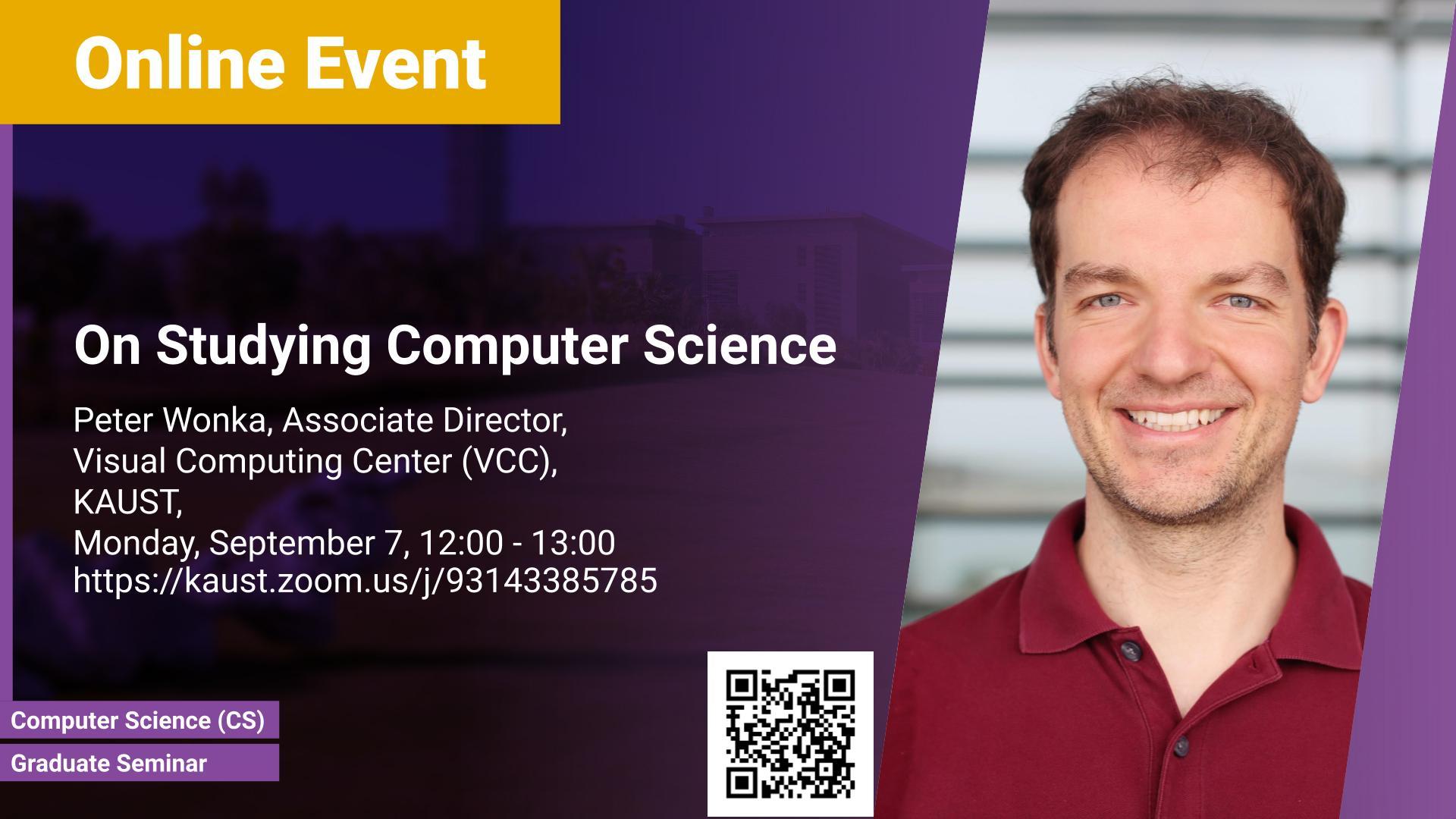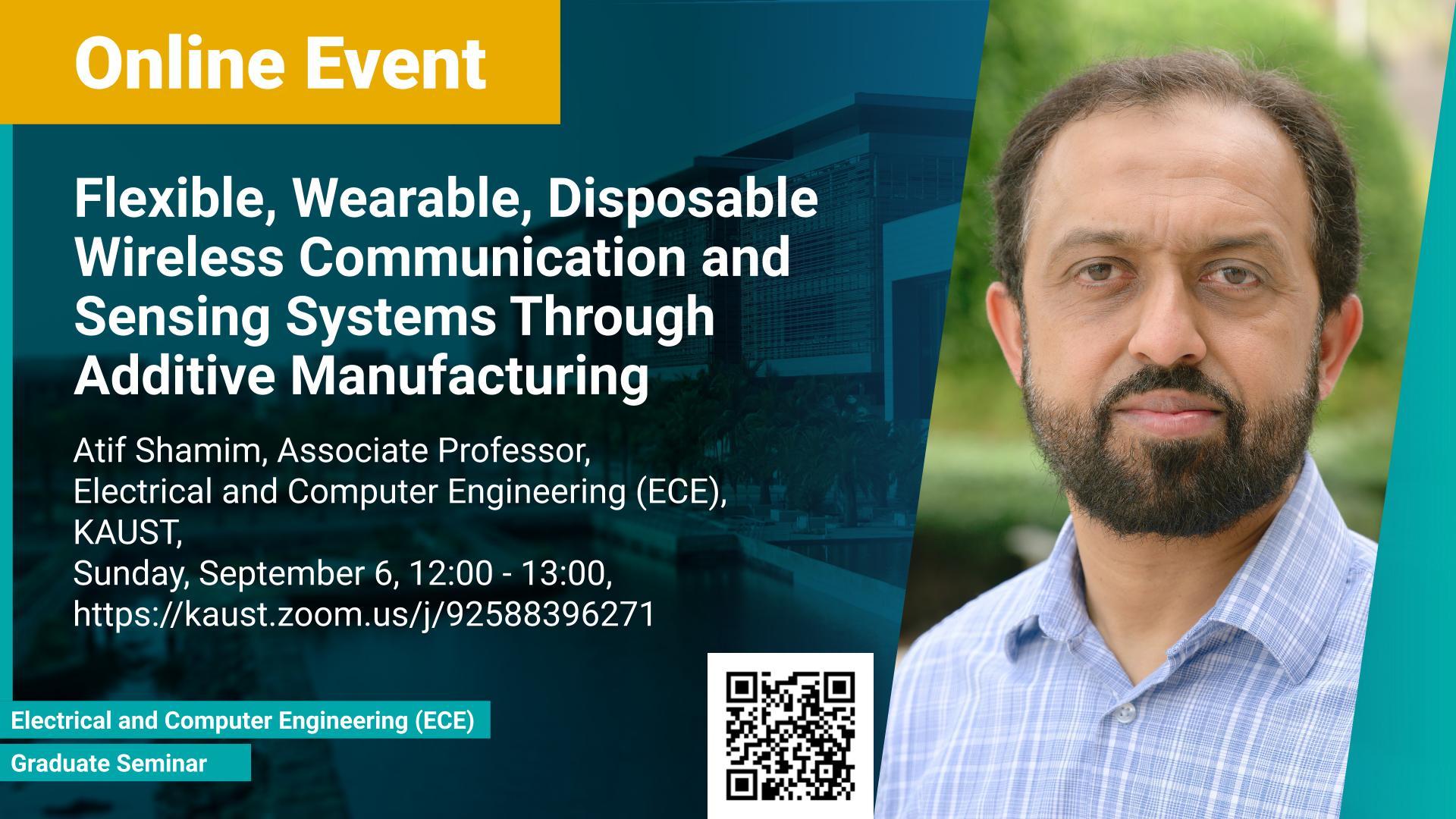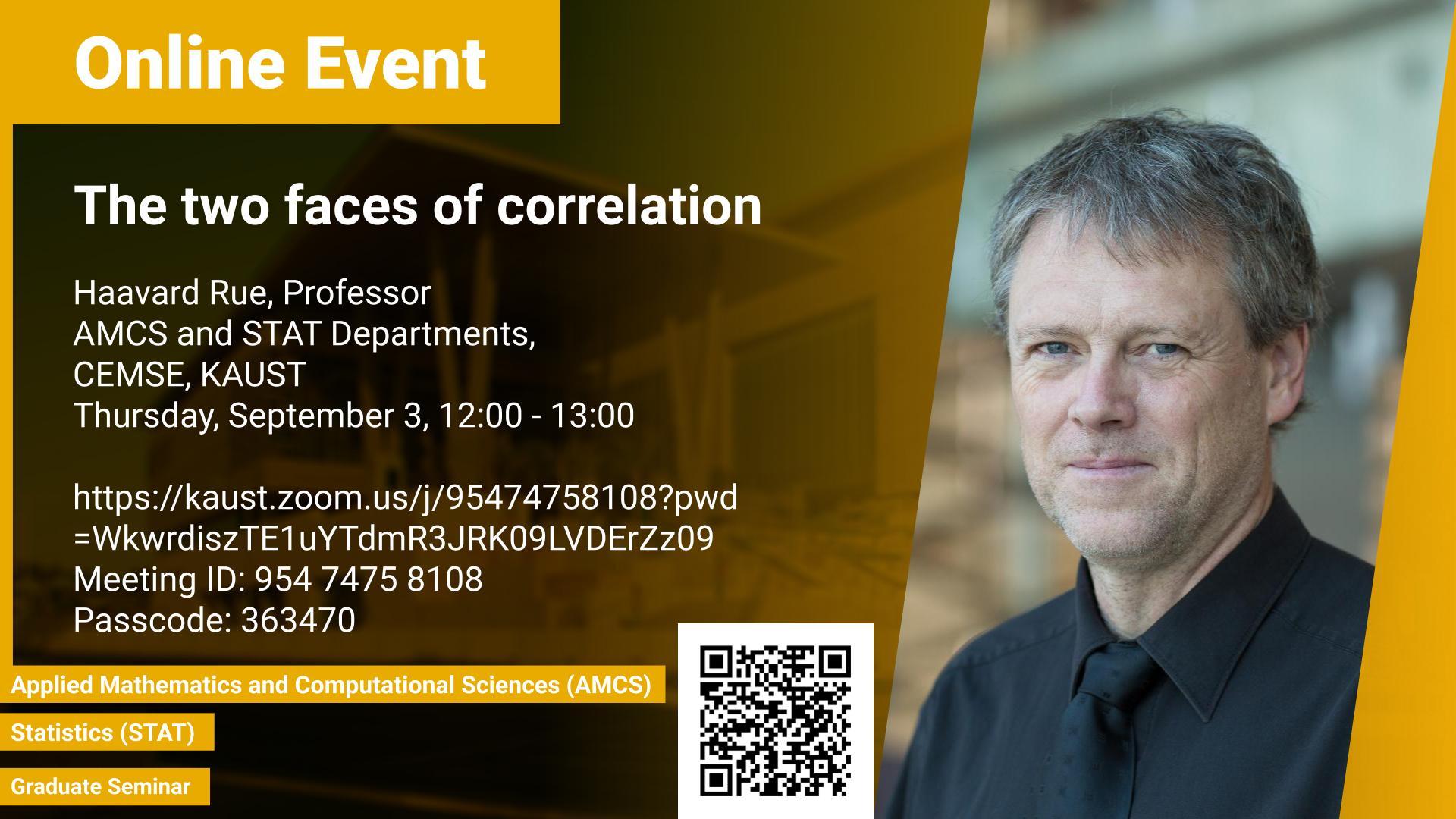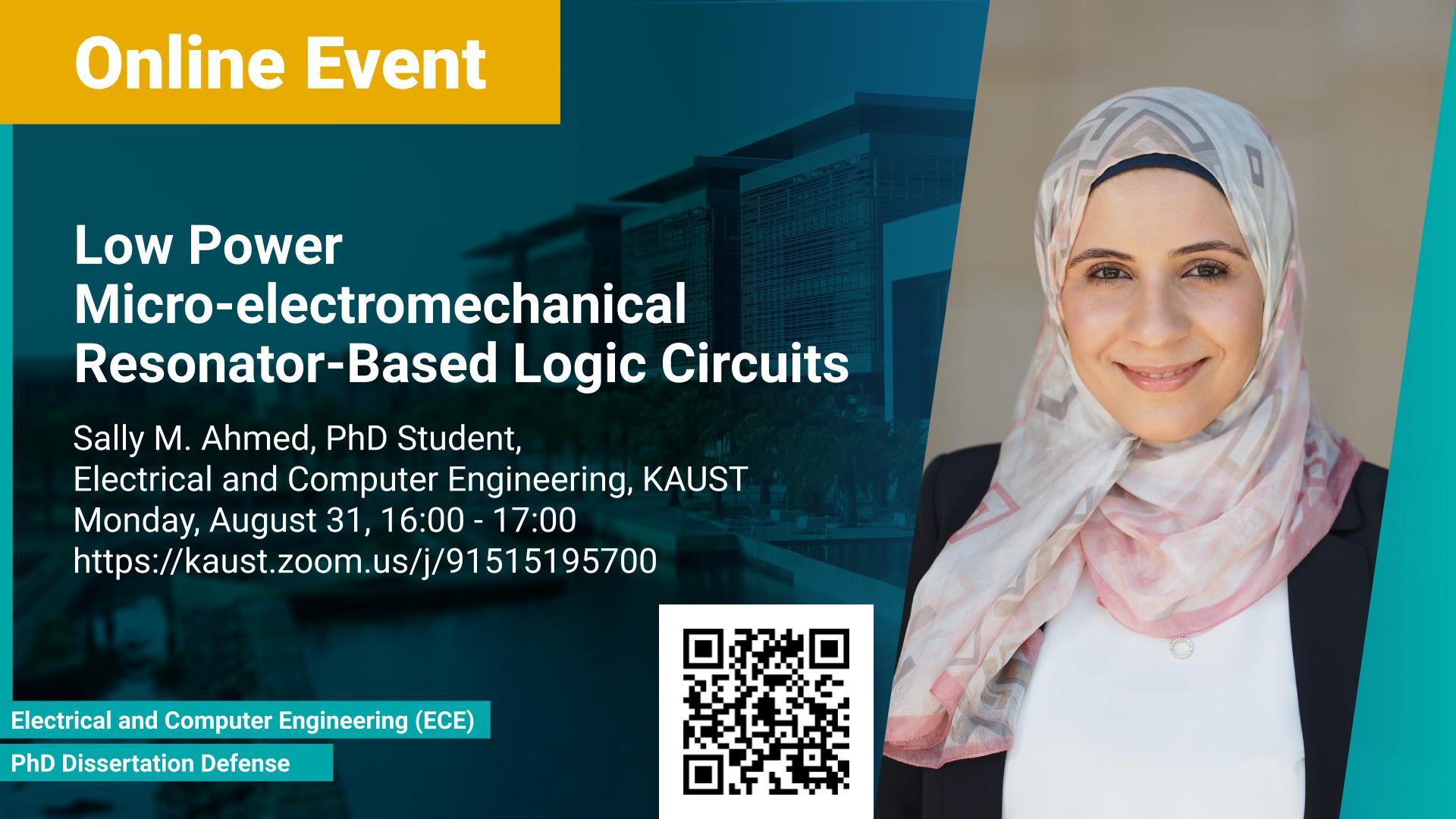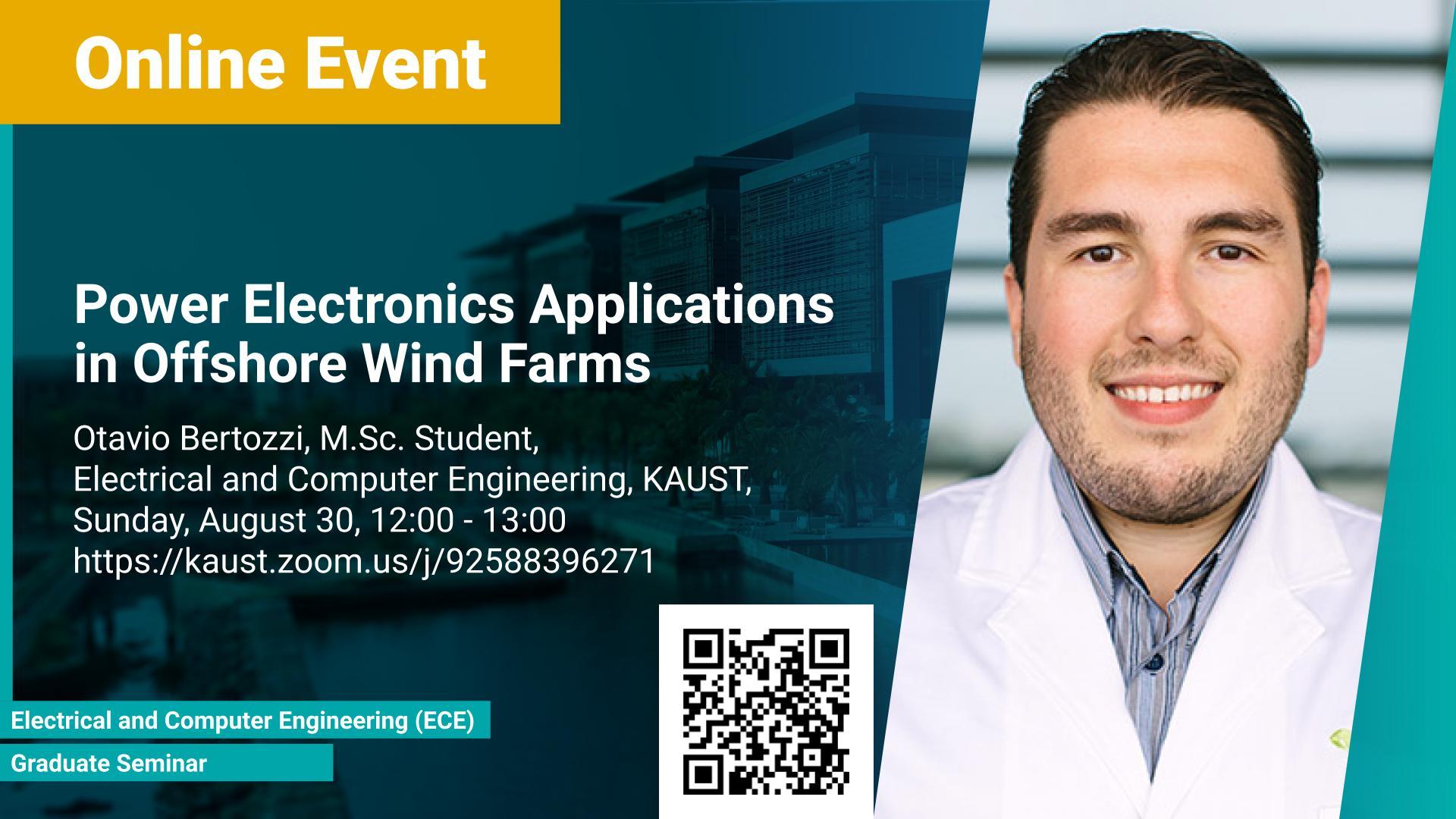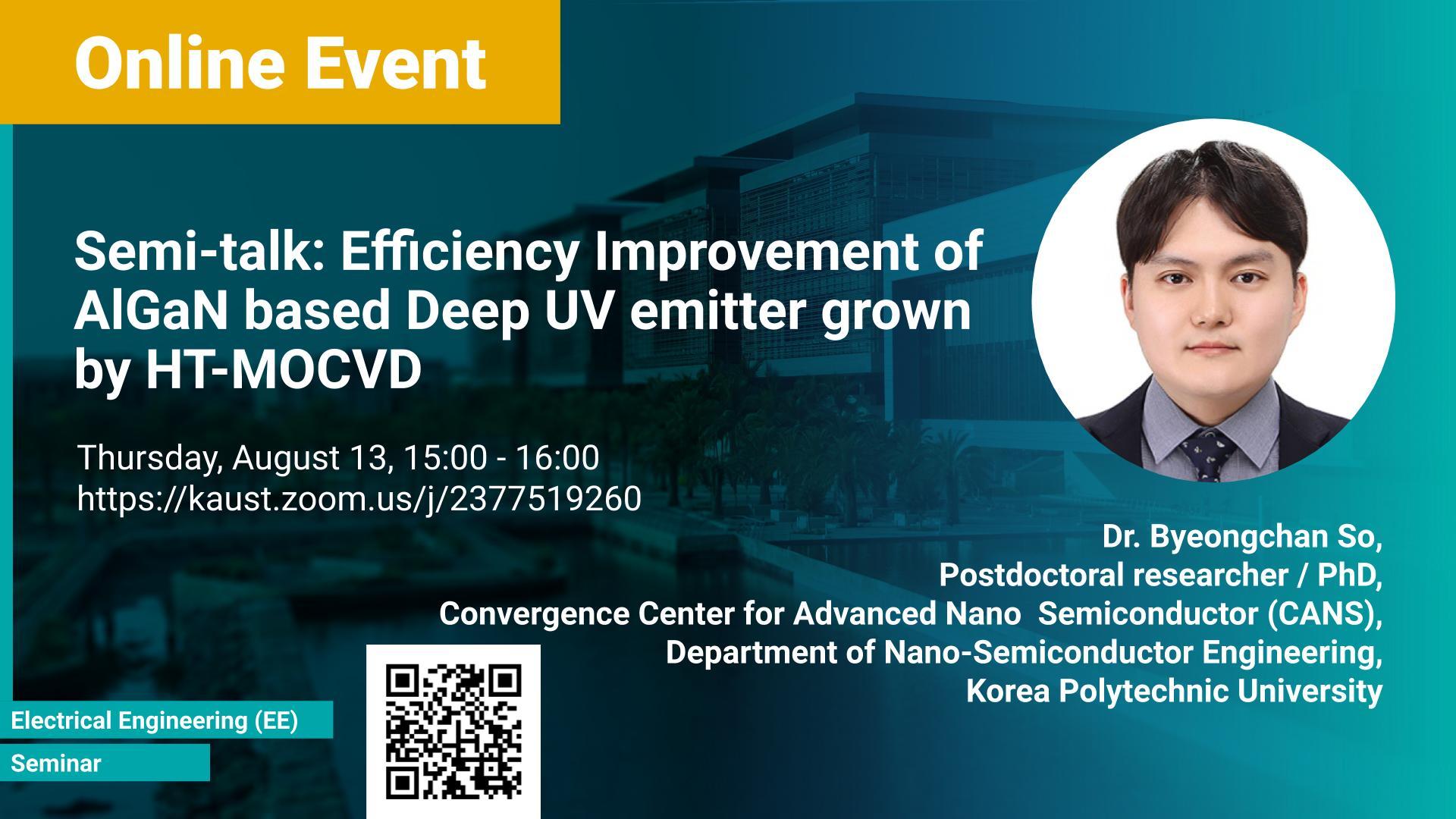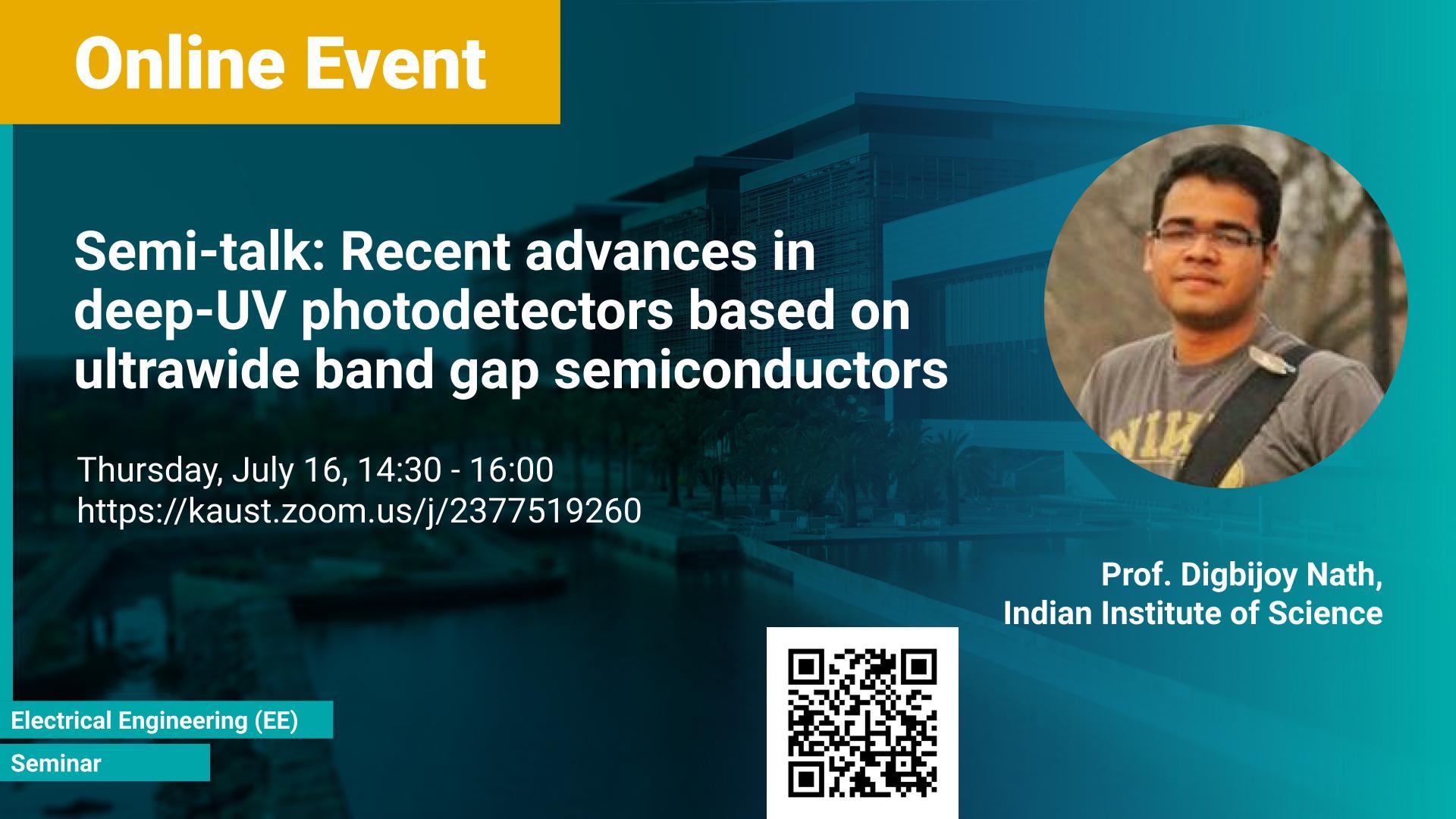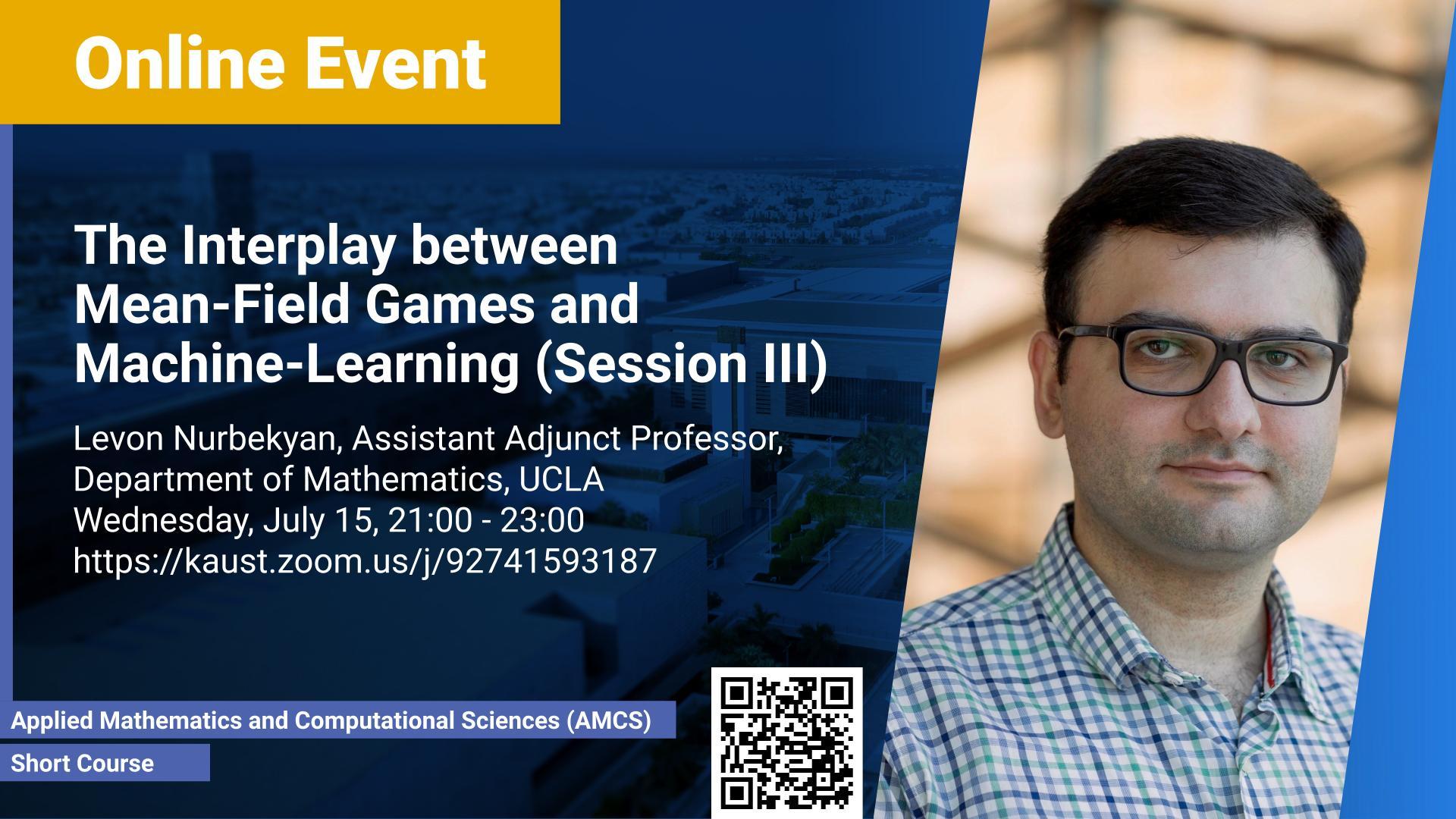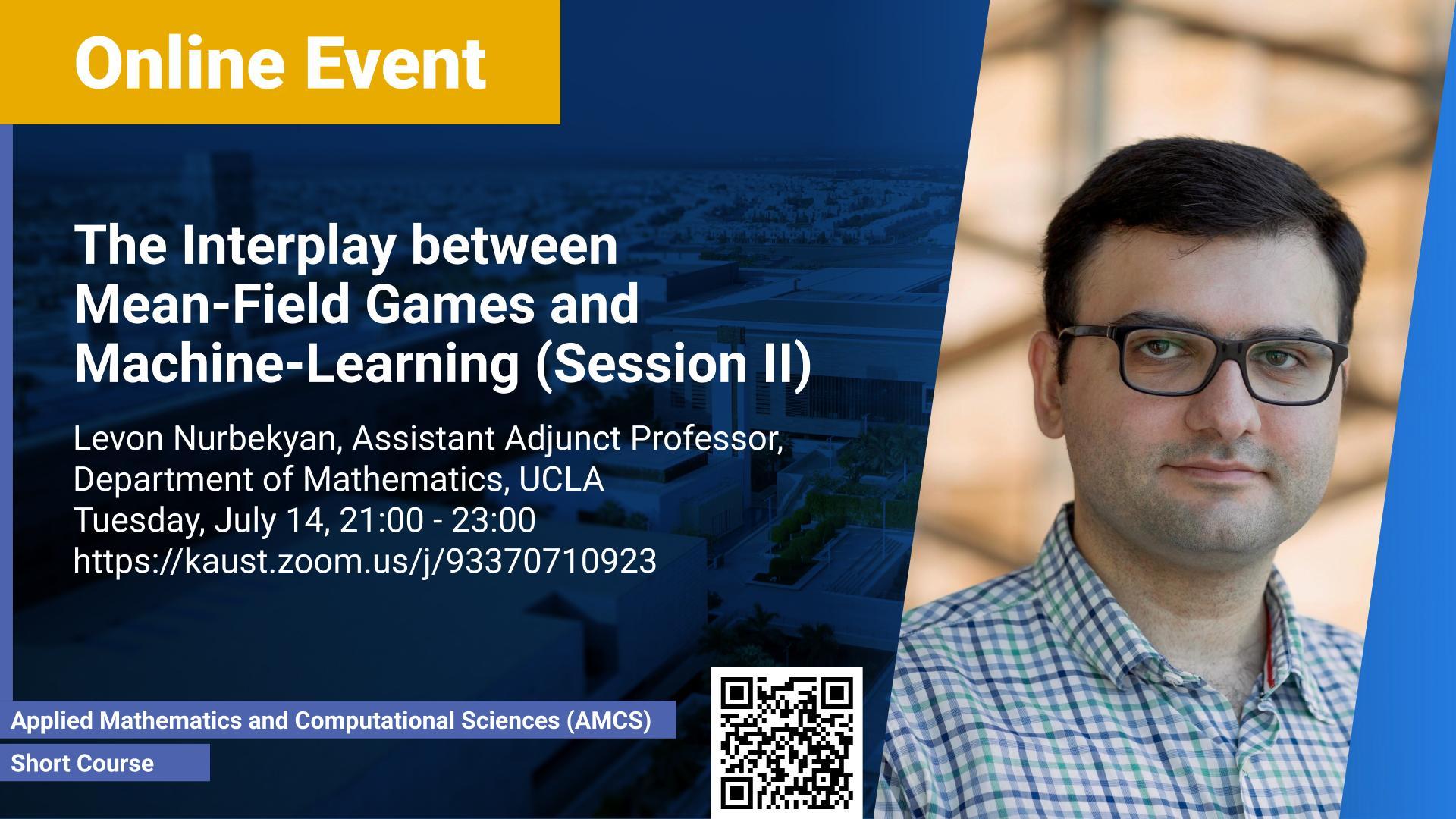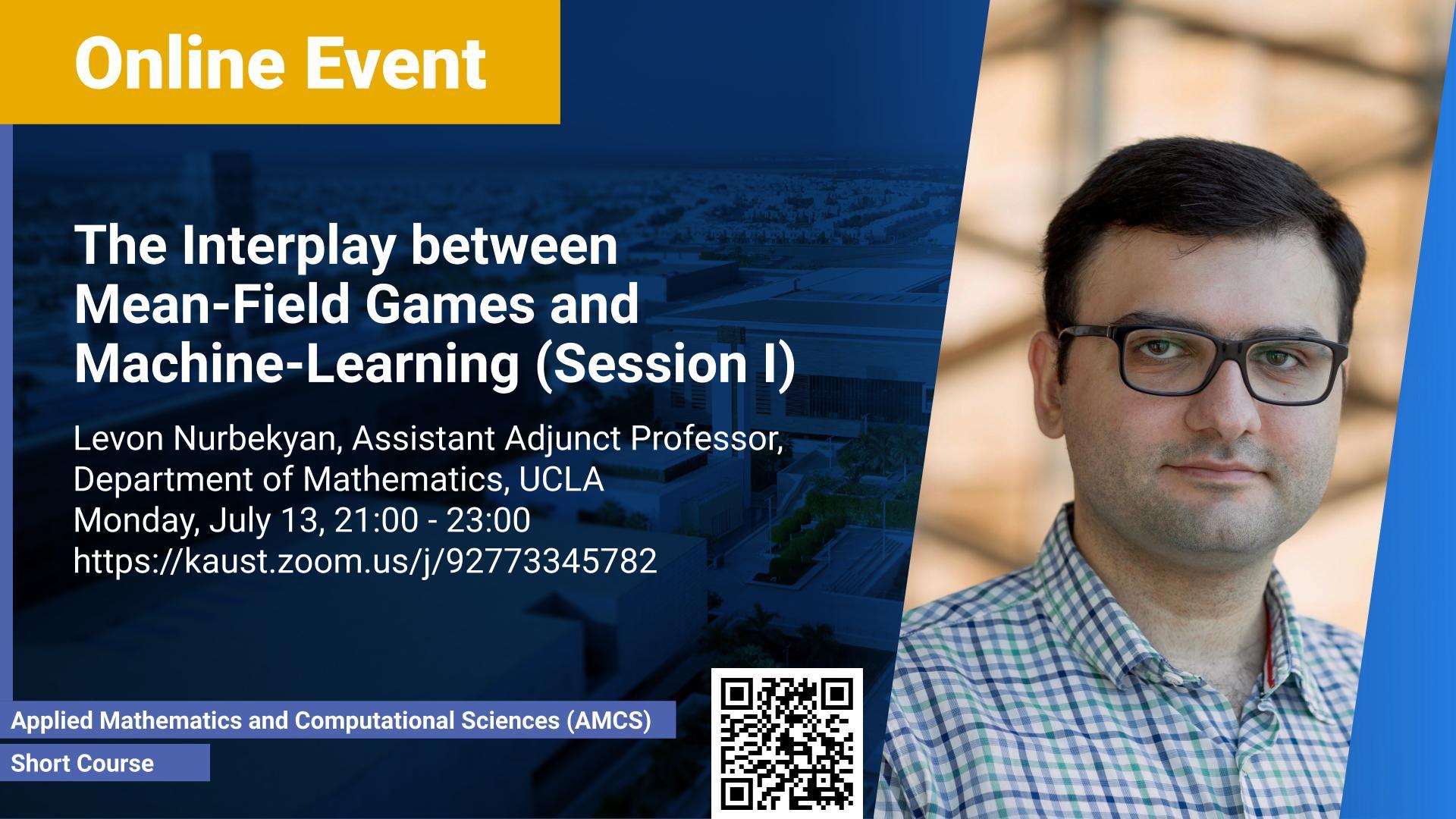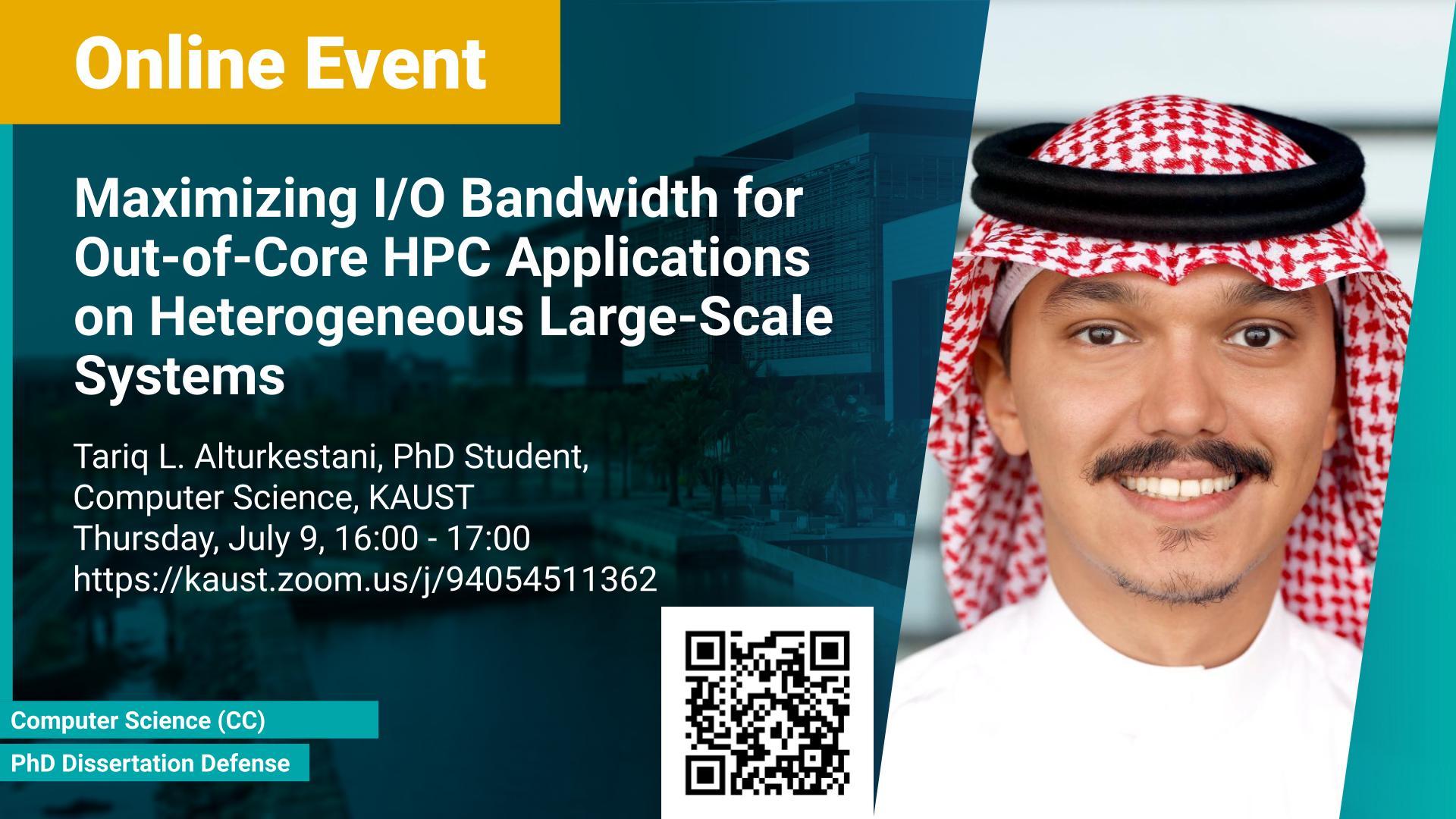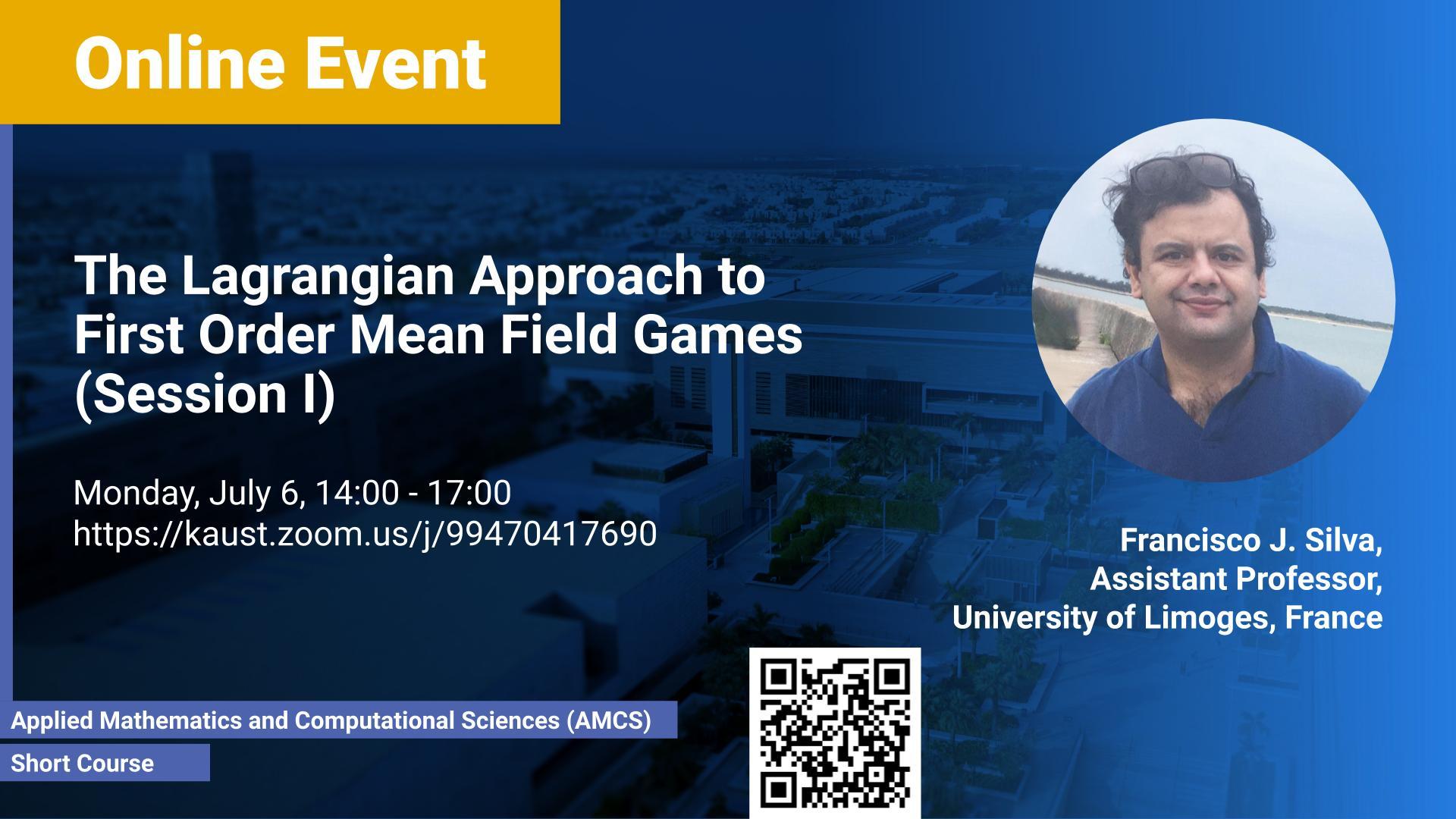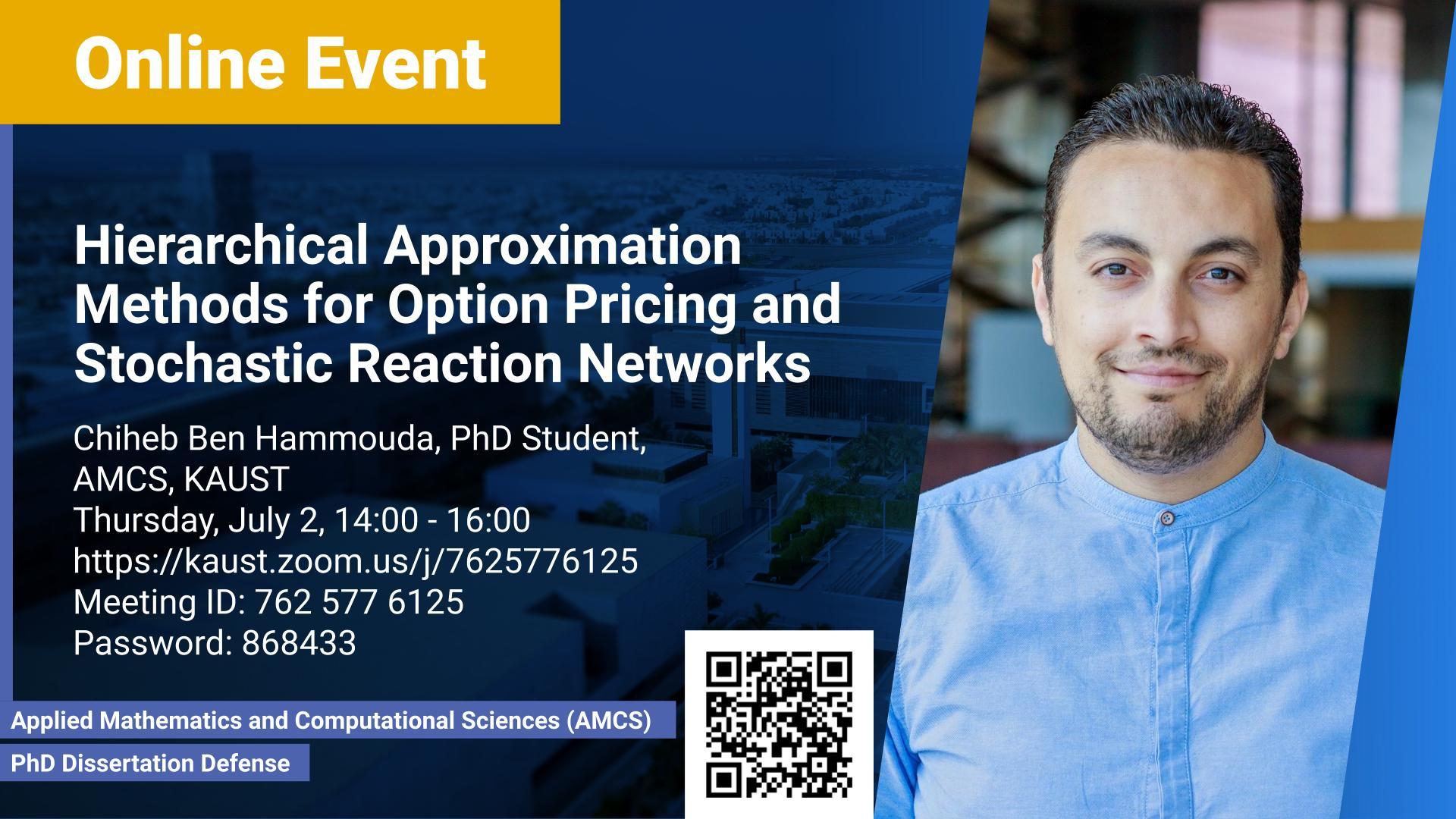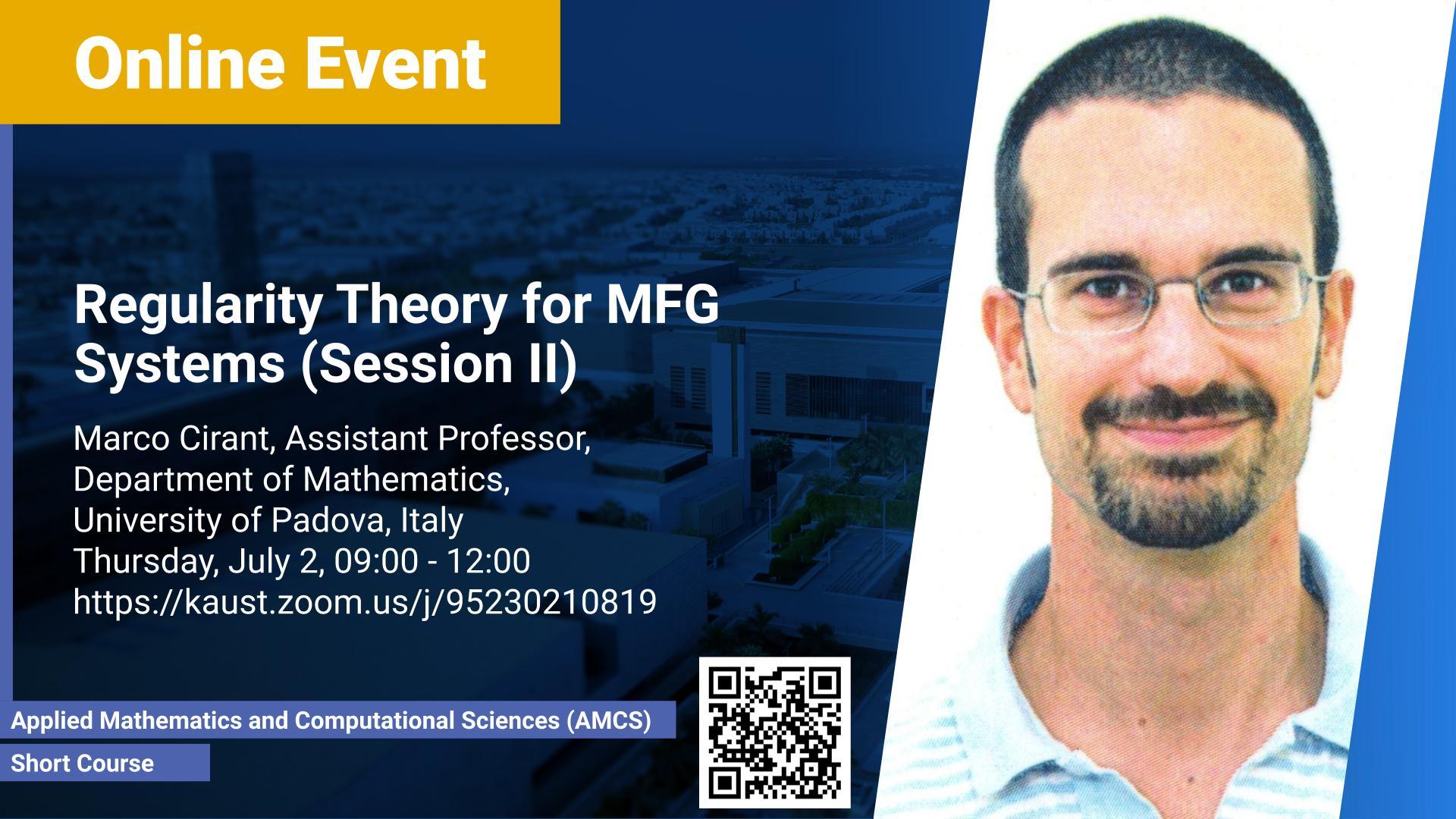Associate Professor,
Applied Mathematics and Computational Sciences
Thursday, September 10, 2020, 12:00
- 13:00
KAUST
Contact Person
When constructing high-order schemes for solving hyperbolic conservation laws with multi-dimensional finite volume schemes, the corresponding high-order reconstructions are commonly performed in characteristic spaces to eliminate spurious oscillations as much as possible. For multi-dimensional finite volume schemes, we need to perform the characteristic decomposition several times in different normal directions of the target cell, which is very time-consuming. We propose a rotated characteristic decomposition technique that requires only one-time decomposition for multi-dimensional reconstructions. This technique not only reduces the computational cost remarkably, but also controls spurious oscillations effectively. We take a third-order weighted essentially non-oscillatory finite volume scheme for solving the Euler equations as an example to demonstrate the efficiency of the proposed technique. We apply the new methodology to the simulation of instabilities in direct initiation of gaseous detonations in free space.


